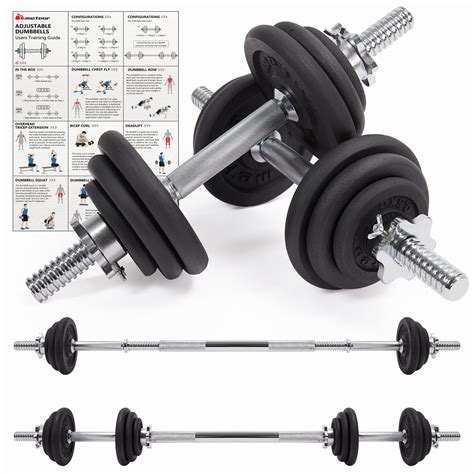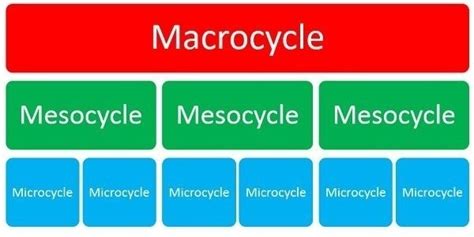Peak performance: What’s the optimal workout structure for rapid strength gains?

Unlocking Your Strength Potential: The Science of Rapid Gains
Achieving rapid strength gains isn’t just about lifting heavy; it’s about intelligent programming. The human body is remarkably adaptable, but to force it to become stronger at an accelerated rate, you need a structured approach that consistently challenges your physiological limits. This article delves into the optimal workout structure, blending scientific principles with practical application, to help you unlock your peak performance.
The Foundations of Strength: Key Principles to Master
Before diving into specific structures, it’s crucial to understand the bedrock principles that underpin all effective strength training:
- Progressive Overload: The absolute most critical factor. To get stronger, you must continually increase the demands placed on your muscles. This can be done by increasing weight, reps, sets, reducing rest times, or improving technique.
- Specificity: Train for what you want to achieve. If you want to lift heavy, you must practice lifting heavy.
- Volume & Intensity: These are inversely related. High intensity (heavy weight) usually means lower volume (fewer reps/sets), and vice-versa. Finding the right balance is key for strength.
- Recovery: Muscles grow and repair outside the gym. Adequate sleep, nutrition, and rest days are non-negotiable.

Workout Splits: Tailoring Your Training Frequency
The choice of workout split significantly impacts your training frequency and recovery. For rapid strength gains, hitting muscle groups multiple times a week is often more effective than traditional once-a-week splits, especially for intermediate to advanced lifters.
Full-Body Workouts (2-4x/week)
Pros: High frequency for all major muscle groups, excellent for beginners and those looking to maximize weekly stimulus. Promotes skill acquisition on compound lifts. Allows for more rest days between sessions.
Cons: Can be very taxing if intensity is high, requiring careful management of volume per session. Recovery between sessions is critical.
Upper/Lower Splits (4x/week)
Pros: Allows for higher volume per muscle group per session than full-body, while still offering high frequency (each group hit twice a week). Balances recovery well.
Cons: Requires more gym days per week than a typical full-body split.
Push/Pull/Legs (PPL) (3-6x/week)
Pros: Excellent for distributing volume. Can be run 3 times a week (each group once) or 6 times a week (each group twice) for higher frequency. Ideal for intermediate to advanced lifters seeking both strength and hypertrophy.
Cons: A 6-day split leaves little room for error in recovery and can be difficult to maintain for some.

Optimizing Sets, Reps, and Intensity
For rapid strength gains, your focus should largely be on heavy, compound movements performed in specific rep ranges:
- Rep Range: The classic 1-5 rep range is king for pure strength. However, incorporating sets in the 6-10 rep range can still contribute significantly by building muscle mass (hypertrophy), which provides a larger foundation for strength. A blend is often optimal.
- Set Volume: Aim for 3-5 working sets per exercise for your main compound lifts.
- Intensity (Load): You should be lifting weights that are 75-95% of your 1-Rep Max (1RM). This means the last rep of each set should feel challenging, but not to complete failure on your heaviest sets.
- Rest Periods: Longer rest periods (2-5 minutes) between sets for heavy compound exercises are crucial to allow for sufficient ATP resynthesis, ensuring you can perform subsequent sets with maximal effort.
Prioritize compound movements like squats, deadlifts, bench press, overhead press, and rows. These engage multiple muscle groups simultaneously, leading to greater overall strength development.

The Power of Periodization for Sustained Progress
To avoid plateaus and overtraining, implementing periodization is vital. Periodization involves strategically varying your training variables (volume, intensity, exercise selection) over time.
Linear Periodization
Gradually increases intensity while decreasing volume over a training cycle (e.g., weeks of higher reps/lower weight leading to weeks of lower reps/higher weight). Good for beginners and intermediates.
Undulating Periodization (Daily or Weekly)
Varies intensity and volume more frequently (e.g., heavy day, light day, moderate day within the same week). This can be very effective for advanced lifters, preventing adaptation and stimulating continuous gains.
Don’t forget the importance of deload weeks every 4-8 weeks, where you significantly reduce volume and/or intensity. This allows your body to recover fully, repair, and come back stronger, preventing burnout and injury.

Beyond the Barbell: Recovery and Nutrition
No workout structure, however optimal, will yield rapid strength gains without proper support outside the gym:
- Sleep: Aim for 7-9 hours of quality sleep per night. This is when your body repairs and grows.
- Nutrition: A caloric surplus (eating slightly more calories than you burn) with adequate protein intake (1.6-2.2g per kg of body weight) is essential for muscle repair and growth. Don’t neglect carbohydrates for energy and fats for hormonal health.
- Hydration: Drink plenty of water throughout the day to support performance and recovery.
- Stress Management: Chronic stress elevates cortisol, which can hinder recovery and muscle growth.

Conclusion: Consistency is Your Greatest Asset
The optimal workout structure for rapid strength gains is not a one-size-fits-all template, but rather a framework built upon consistent progressive overload, appropriate frequency and volume, smart periodization, and meticulous recovery. Experiment with different splits and rep schemes, listen to your body, and track your progress diligently. With consistency and a smart approach, you’ll be well on your way to achieving your peak performance and making significant, rapid strength gains.









